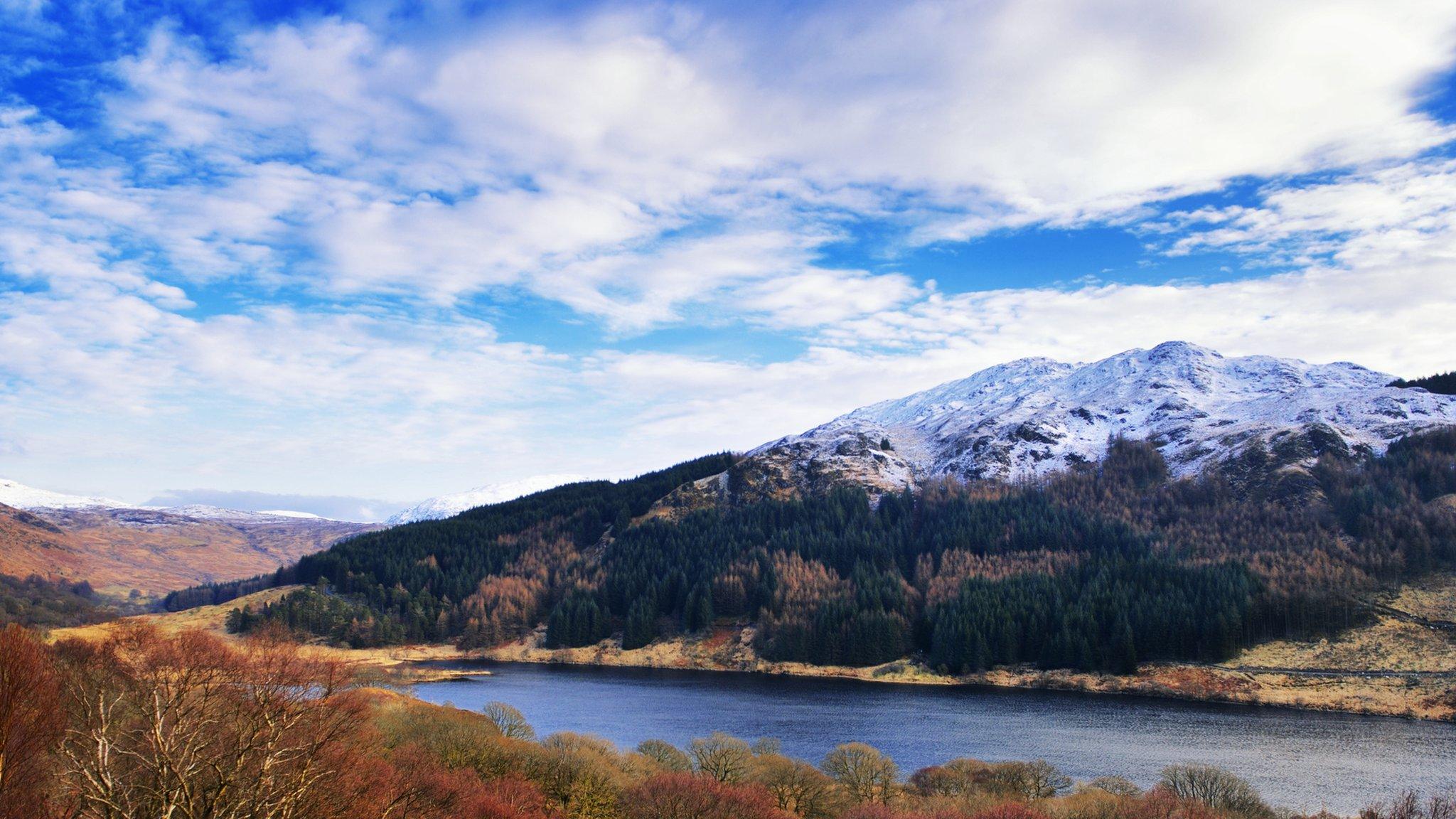National parklife - a difficult balancing act
- Published
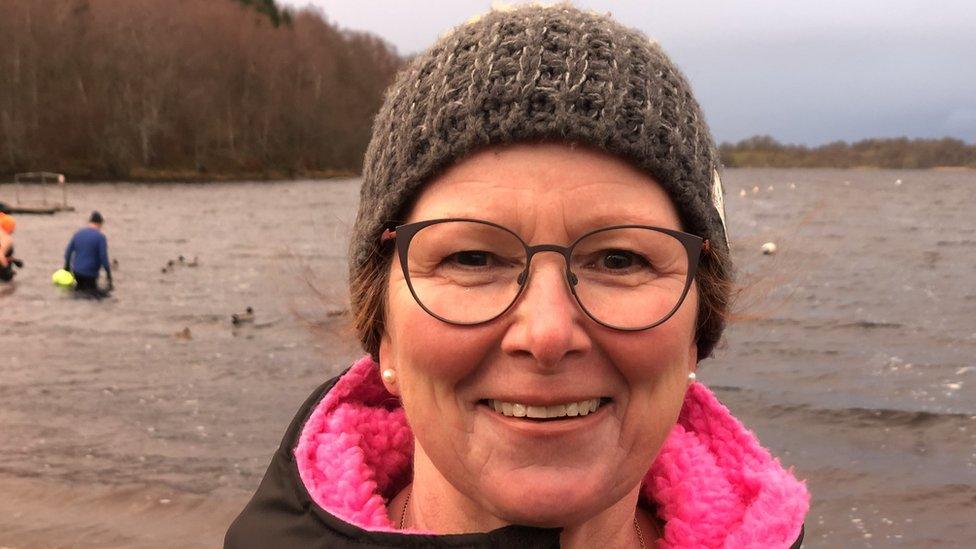
Kate Clark believes there should be more consultation
Wild swimming at dawn in the near freezing temperatures of a Cairngorms loch is not everyone's cup of tea.
The same could be said for the body which runs the national park where swimmers take the plunge.
Their body temperatures might plummet from the water but recalling brushes with the park authority soon sets them rising again.
"Some of the things they inflict on us, lots of projects, and everyone isn't consulted the way they should be," a frustrated Kate Clark tells me referring to a project protecting red-list Capercaillies.
Fellow swimmer Neil Ross believes the park "can be managed too much with a business focus instead of a focus on the local people".
Not everyone shares these perceptions and all the swimmers agree that it's a beautiful part of the world in which to live and work.
But it's a common refrain of people who live in national parks, which have a statutory remit over what is and isn't allowed to be built.
The swimmers are tackling the depths of Loch Insh near Kincraig where the outdoor centre is a big draw for Neoprene-loving tourists.
Laura McNally, who runs the centre, says operating a business within the confines of a national park has proved a help and not a hindrance.
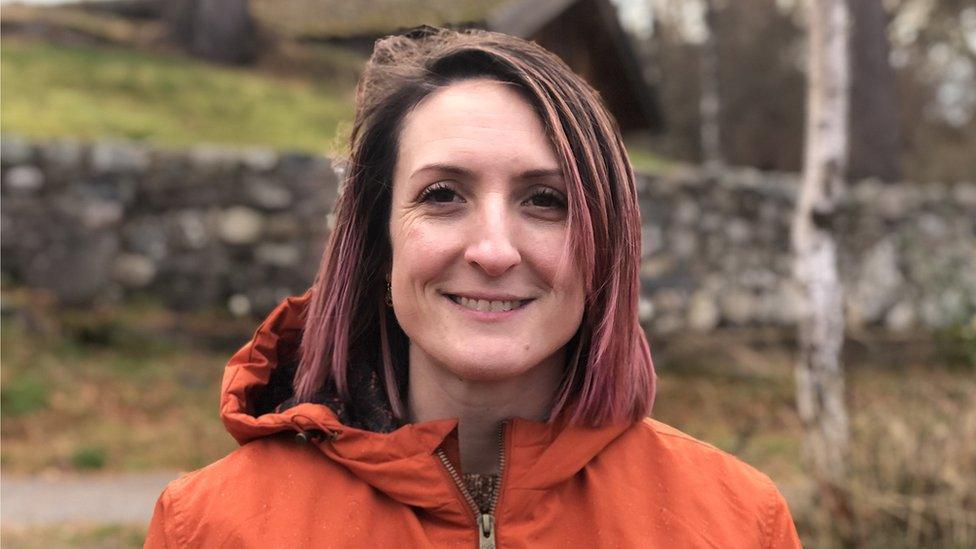
Laura McNally says tourism is a vital part of her work
"I found it much easier, actually, operating a business here," she insists, while acknowledging that tourism is a vital part of her work.
"We have things like the Cairngorms business partnership so we can work together directly with those other businesses for the purpose of managing facilities better for the tourists."
When legislation was passed in 2000 to create Scotland's national parks they were designed with four core aims.
They are:
conservation of the natural and cultural heritage
to promote sustainable use of natural resources
community economic development
to encourage people to enjoy and understand the park
But through its nature agency, the Scottish government's now consulting on a fifth; tackling climate change.
Steve Micklewright from Trees for Life believes it's too much.
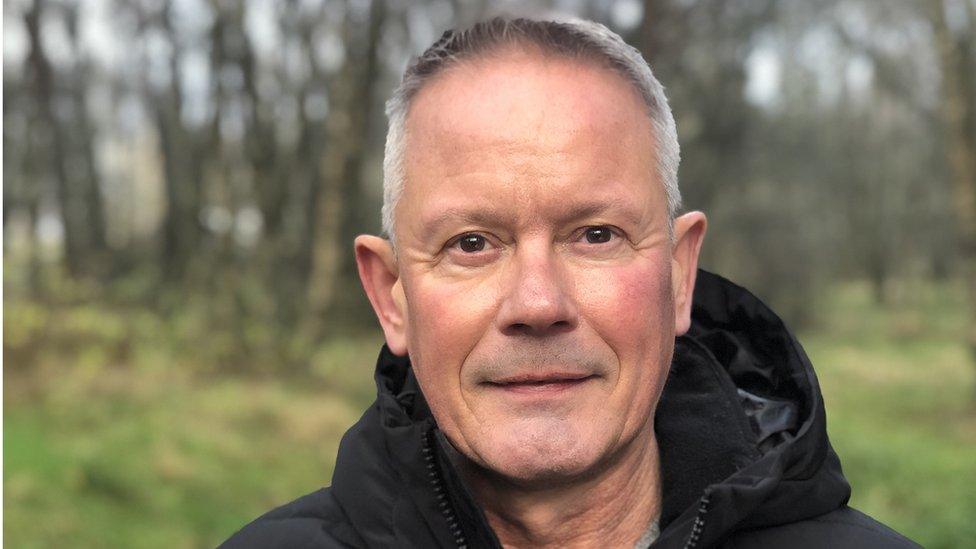
Steve Micklewright says the national park needs to be bolder and braver
He explained: "The national park try to restore nature and they try to make tourism better and they try to improve livelihoods here but they're trying to do too many different things and trying to be all things to all people.
"That's quite a hard place to try to be and I would say they need to be bolder and braver about making change happen in the national park because if we did that we'd have more nature, we'd be helping the climate, we'd have more jobs here."
Steve is an advocate of rewilding and wants any new national park for Scotland to be designed with nature restoration at its heart.
Alongside the Cairngorms and Loch Lomond and the Trossachs, ministers have committed to deliver a third national park for Scotland before the end of the parliamentary term in 2022.
Aims to be 'achieved collectively'
Chief executive of the Cairngorms National Park Authority, Grant Moir, accepts that it has a role in delivering national priorities while keeping local people onside but he does not accept that they're juggling too much.
"The aims of the park are to be achieved collectively," he said.
"It's not an either/or situation. It's about trying to say if we're doing good things for biodiversity that can also be very good for local communities. If we're tackling the climate emergency that can also be good for local people and visitors as well."
In recent years, seven potential sites have been identified to be the next national park, from Harris to the Scottish Borders.
Dame Barbara Kelly is leading the bid for the Galloway Forest which describes itself as "the natural location" for a park.
She told BBC Scotland: "People will come to stay here, to invest in property here, to set up businesses here.
"And it will tackle the problem we've got at the moment of having a very elderly population and above all else it will certainly help young people to come back and invest in this part of the world."
The consultation was launched in October and closes on Wednesday.
Related topics
- Published13 May 2022
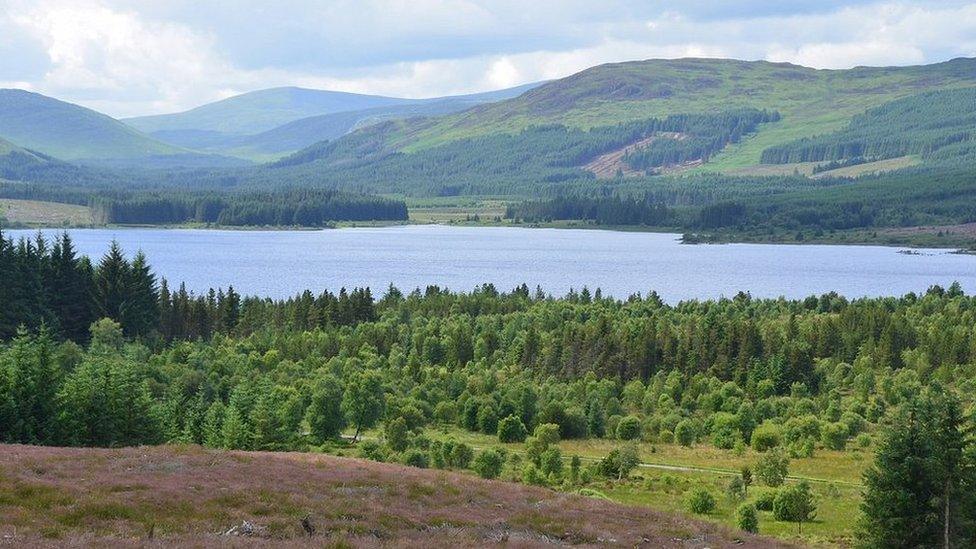
- Published13 January 2022
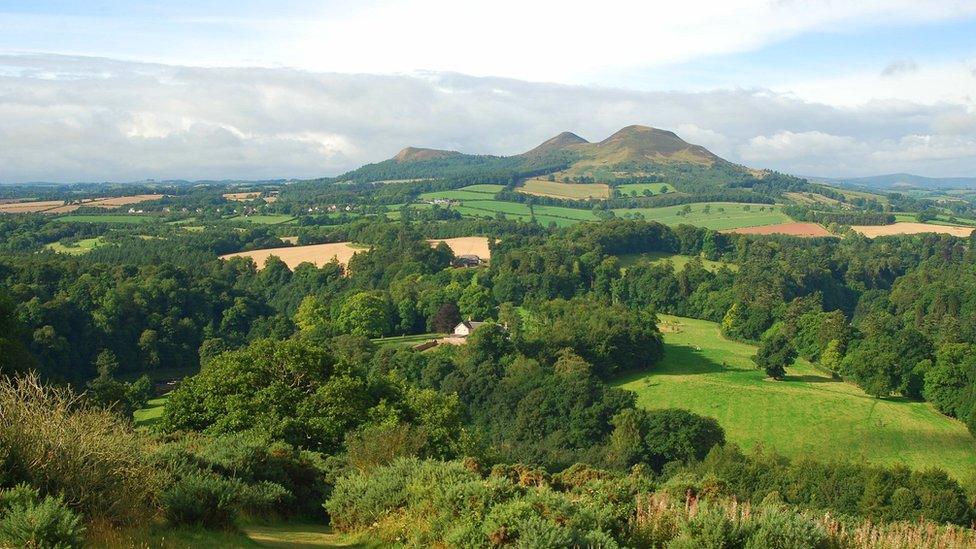
- Published12 February 2021
